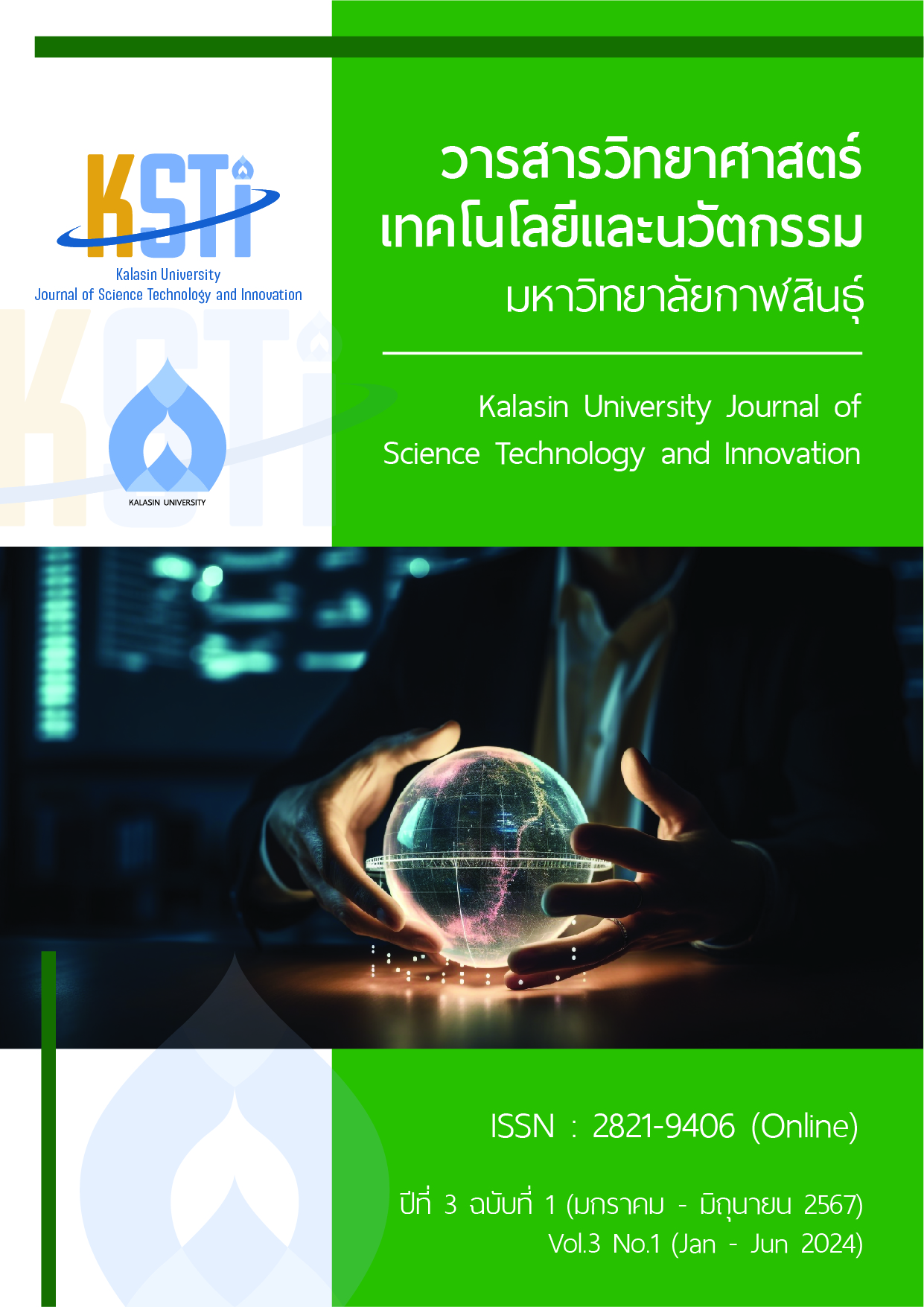Particulate matter 2.5 micrograms per cubic meter (PM2.5) Mapping System for Chiang Mai area.
Main Article Content
Abstract
Chiang Mai is an area that has experienced smog problems from past to present. The problems in the past may have not been as severe as those at the present time. This is often heard as "Hazy" which is a phenomenon that occurs regularly every year especially during closed air with high air pressure spreading to cover the area. As a result, the hot vapor cannot float into the atmosphere. Not until 2007 Chiang Mai has started to face more serious smog problems, making the social sector aware danger of the existing tiny dust. It has been proposed that the government sector should declare air pollution emergency and make measures of pollution mitigation and prevention are brought about from the personal level to the city level. The objective of this article was to study the distribution pattern of smog originating from PM2.5 dust and to present suggestions for alleviating problems that correspond to the situation in the area of Chiang Mai. This was conducted through observing and recording the concentration of PM2.5 dust during the smog season from January to April of 2019 and 2020. Because this time of the year, Chiang Mai experiences the most severe smog problems. The results of the study revealed a pattern of distribution of PM2.5 dust for 3 patterns with relationships between days and time, namely 1.The pattern of occurrence from Monday to Friday, 2.The pattern of occurrence on Saturday and Sunday and 3.The pattern that often occurs during several consecutive holidays. There was also another pattern having no relationships with other ones. The patterns were presented through maps by using the color scale to represent the severity level for convenience in understanding them and using them as a guideline for further study. The results of the study can be applied together with the problem mitigation measure from both the government sector and the public sector such as turning on and off the spraying system at the right time and place, building dust-free areas for the group of people at risk etc. These can stimulate the people of Chiang Mai be seriously aware of the air pollution and encourage them to prepare for dealing with actual problems. Moreover, this also help save energy from wasting usage leading to sustainable problem solving process.
Downloads
Article Details

This work is licensed under a Creative Commons Attribution-NonCommercial-NoDerivatives 4.0 International License.
The owner (Research and Development Institute, Kalasin University), the authors agree that any copies of the article or any part thereof distributed or posted by them in print or electronic format as permitted will include the notice of copyright as stipulated in the journal and a full citation to the final published version of the contribution in the journal as published by Research and Development Institute, Kalasin University.
References
กรมควบคุมมลพิษ. รู้รอบทิศมลพิษทางอากาศ บทเรียน แนวคิด และการจัดการ. กรุงเทพฯ: กชกรพับลิชชิ่ง; 2553. 110.
พรพรรณ สกุลคู. ปัจจัยที่มีผลต่อการเกิดโรคระบบหายใจในพื้นที่อำเภอเมือง จังหวัดขอนแก่น. วารสารวิจัยสาธารณสุขศาสตร์. มหาวิทยาลัยขอนแก่น. 2563; ปีที่ 4 ฉบับที่ 4: 41 – 48.
บรรจบ ชุณหสวัสดิกุล. ผลต่อสุขภาพของฝุ่นละอองในอากาศขนาดไม่เกิน 2.5 ไมครอน กลไกก่อให้เกิดโรค และการรักษาด้วยการแพทย์ทางเลือก. วารสารการแพทย์แผนไทยและการแพทย์ทางเลือก. 2563; ปีที่ 18 ฉบับที่ 1: 187 – 201
สมพร จันทระ. แหล่งกำเนิด ผลกระทบและแนวทางจัดการฝุ่นละออง PM 2.5 บริเวณภาคเหนือของประเทศไทย. วารสารสมาคมนักวิจัย. 2563; ฉบับที่ 25: 461 – 474.
Kim Oanh, N. T. Leelasakultum, K. Analysis of meteorology and emission in haze episode prevalence over mountain-bounded region for early warning. Science of the Total Environment. 2011; 2251 – 2271. DOI: 10.1016/j.scitotenv.2011.02.022
อัจฉรีย์ ทิพธนธรณินทร์. แนวทางการแก้ปัญหาหมอกควัน สำหรับจังหวัดเชียงใหม่. วารสารด้านการบริหารรัฐกิจและการเมือง. 2558; ปีที่ 4 ฉบับที่ 1: 72 – 105. DOI: 10.14456/papo.2015.3
หน่วยวิจัยเพื่อการจัดการพลังงานและเศรษฐนิเวศ. การเฝ้าระวังและเตือนภัยปัญหาหมอกควัน โดยเครื่องตรวจวัดคุณภาพอากาศระบบเซ็นเซอร์ DustBoy ในประเทศไทย ระยะที่ 4. สถาบันวิทยาศาสตร์และเทคโนโลยี. เชียงใหม่: มหาวิทยาลัยเชียงใหม่; 2565.
กรมควบคุมมลพิษ. การคำนวณดัชนีคุณภาพอากาศรายวันของ PM2.5. 2562. จาก http://air4thai.pcd.go.th
Rovinelli, R. J., & Hambleton, R. K. On the use of content specialists in the
assessment of criterion-referenced test item validity. Dutch Journal of Educational
Research. 2. 1997; 49-60.
Chiang mai Air Quality Health Index. ตารางเปรียบเทียบค่าระหว่าง AQI และ PM2.5. 2563.
สุชาดา ณรินทร์ศักดิ์ชัย. แบบจำลองคณิตศาสตร์ของระบบกำจัดฝุ่นในที่เปิดโล่งโดยการฉีดหยดละอองน้ำ. กรุงเทพฯ: จุฬาลงกรณ์มหาวิทยาลัย; 2542. DOI: 10.14457/CU.the.1999.69
ไกรพิชิต เมืองวงษ์. “ยักษ์เขียว” พัดลมดูดอากาศขนาดใหญ่. 2562. สืบค้นเมื่อ 2 มิถุนายน 2563, จาก www.usagroundwater.com/
กันติทัต ทับสุวรรณ, ศิรเดช สุริต. การดักจับฝุ่นละอองขนาดเล็กจากควันธูปด้วยพืชในอาคาร. วารสารสังคมศาสตร์และมานุษยวิทยาเชิงพุทธ. 2564; ปีที่ 6 ฉบับที่ 12.
กรมอนามัย. แนวทางลดและป้องกันผลกระทบต่อสุขภาพจากฝุ่นละอองขนาดไม่เกิน 2.5 ไมครอน (PM2.5) สำหรับสถานศึกษา. 2563. 30.


